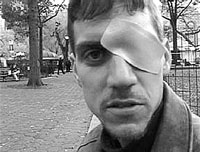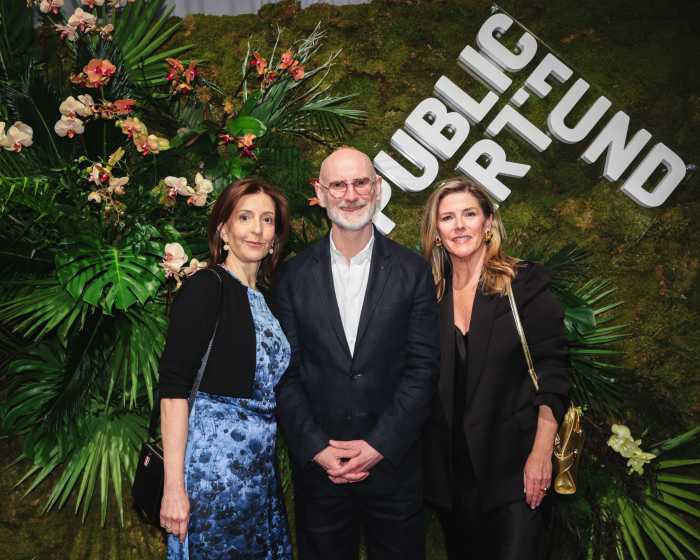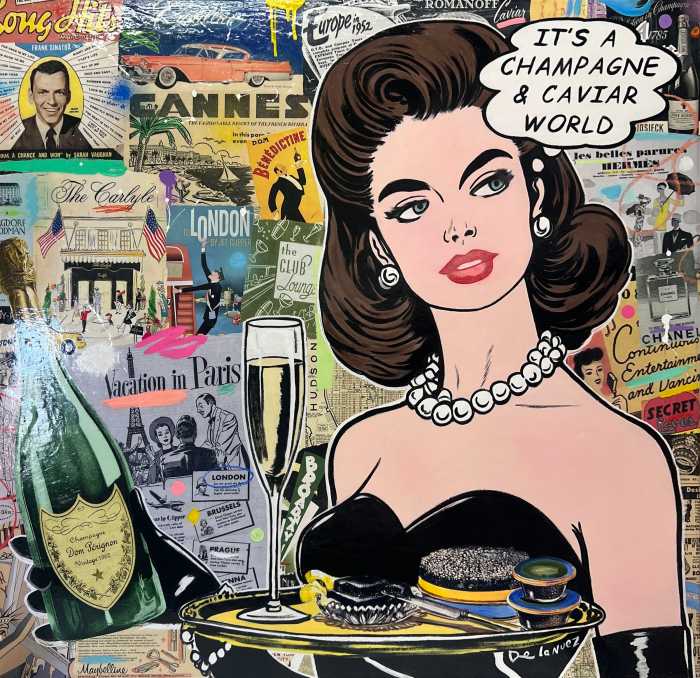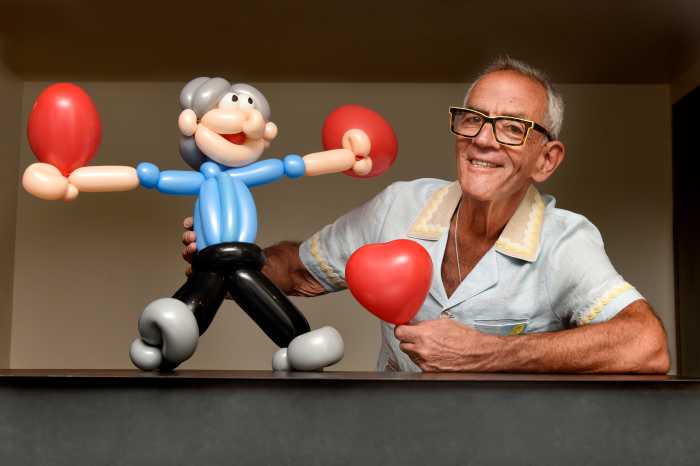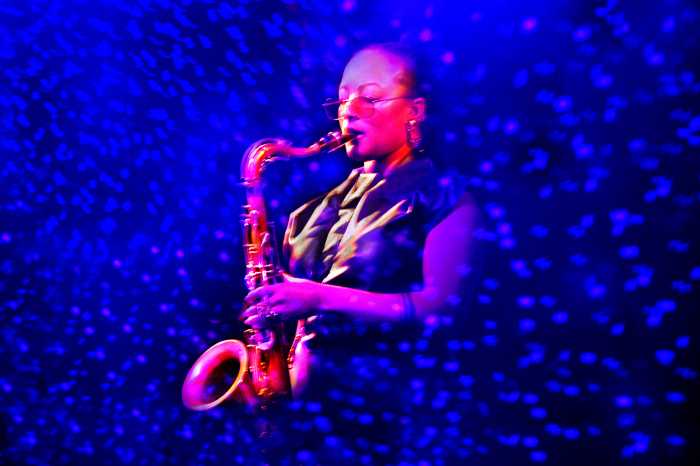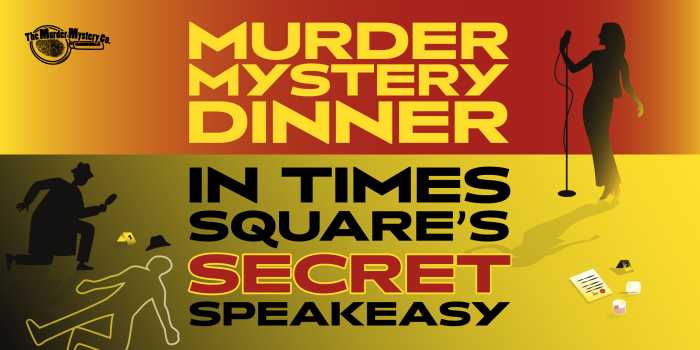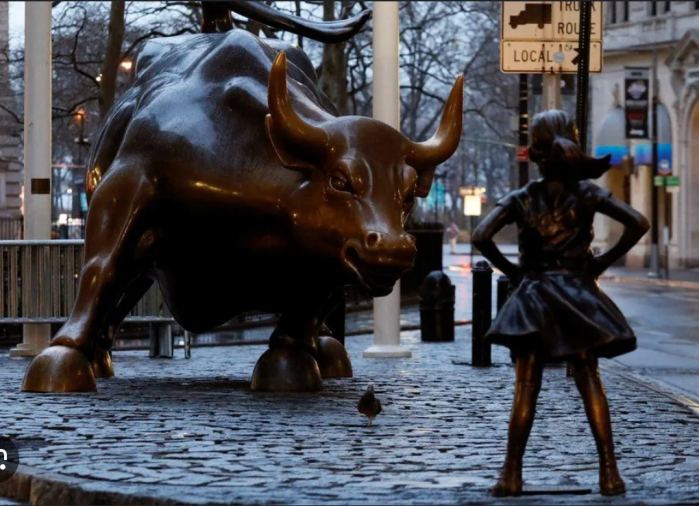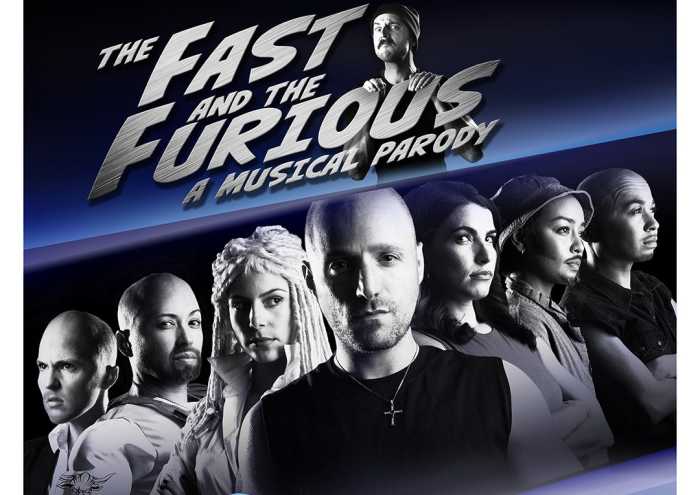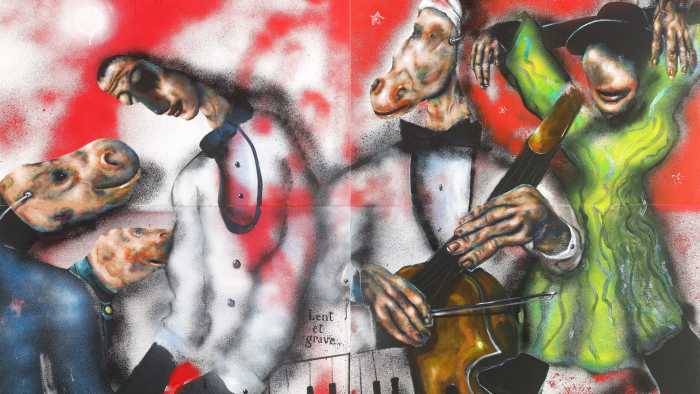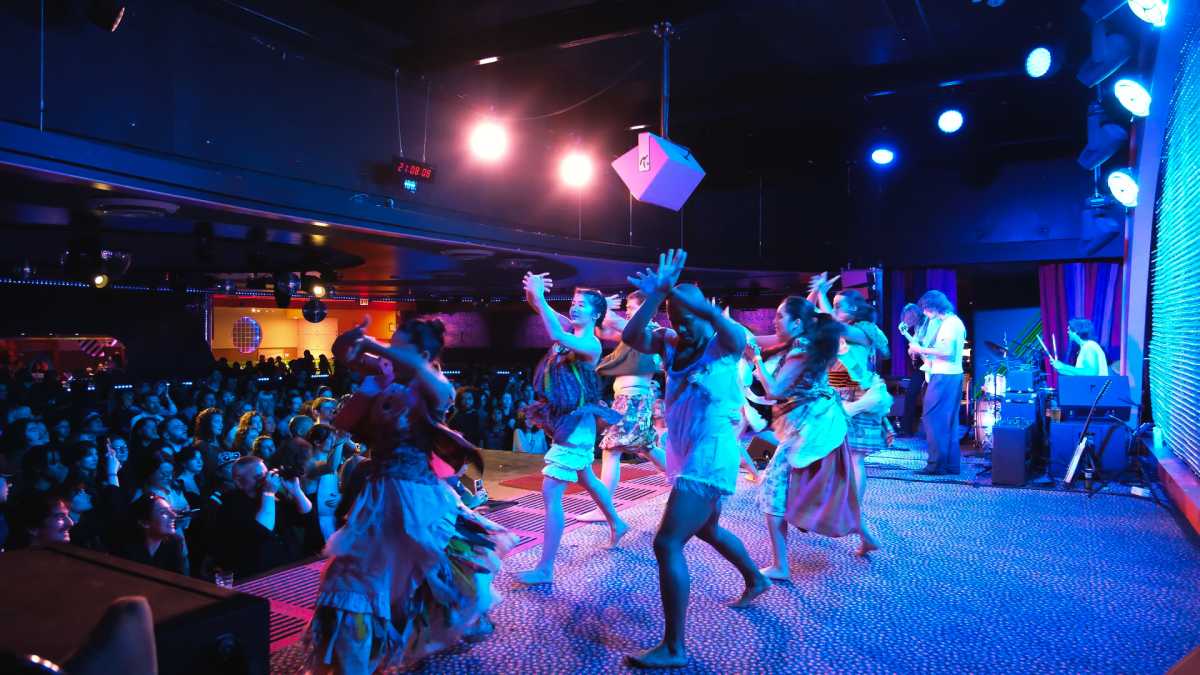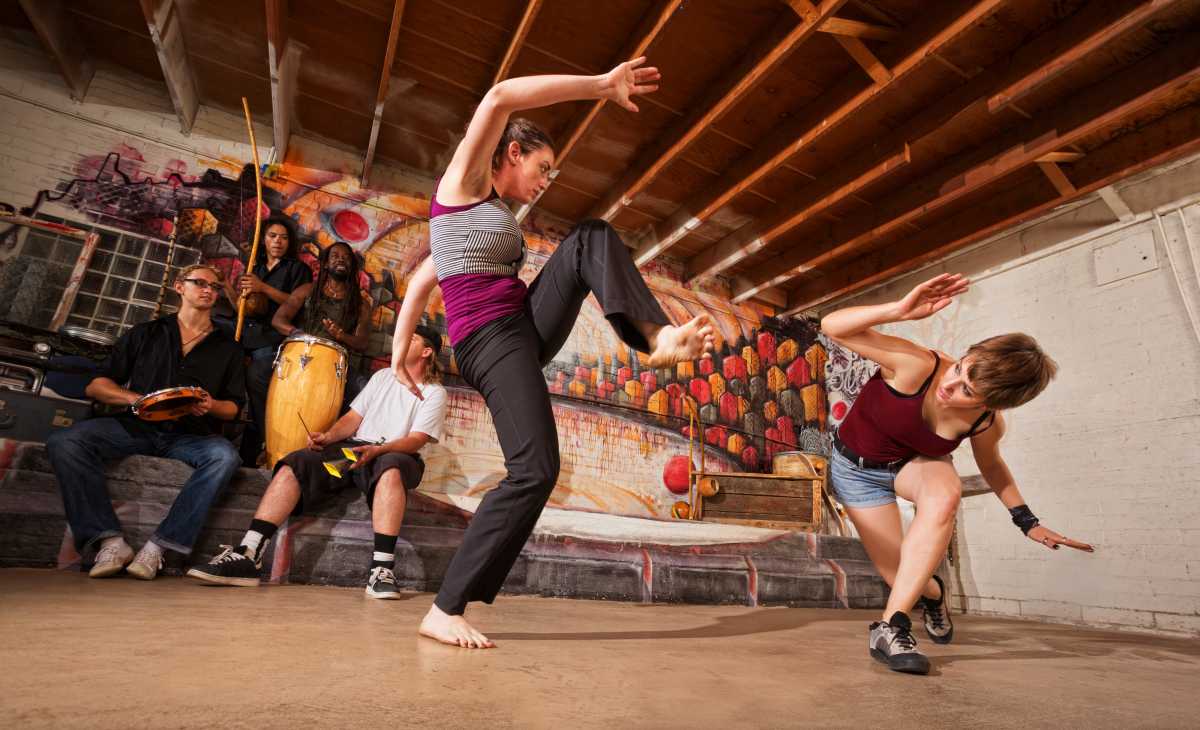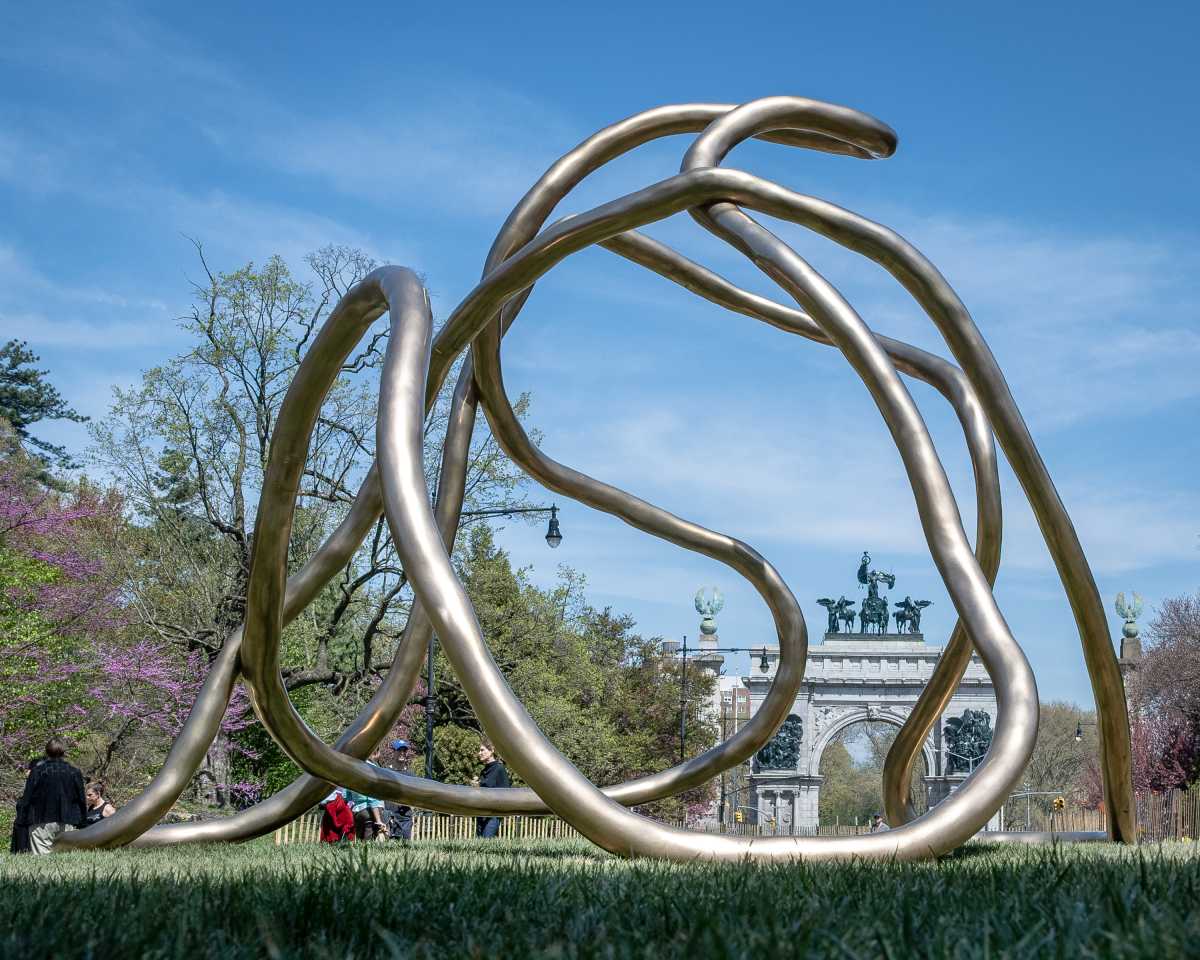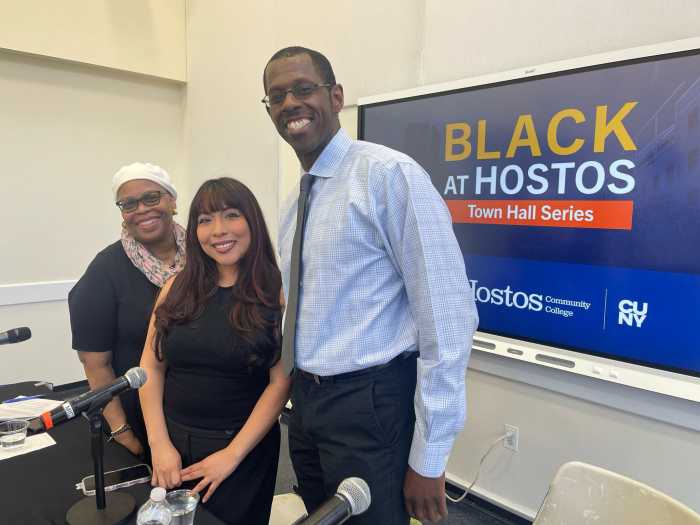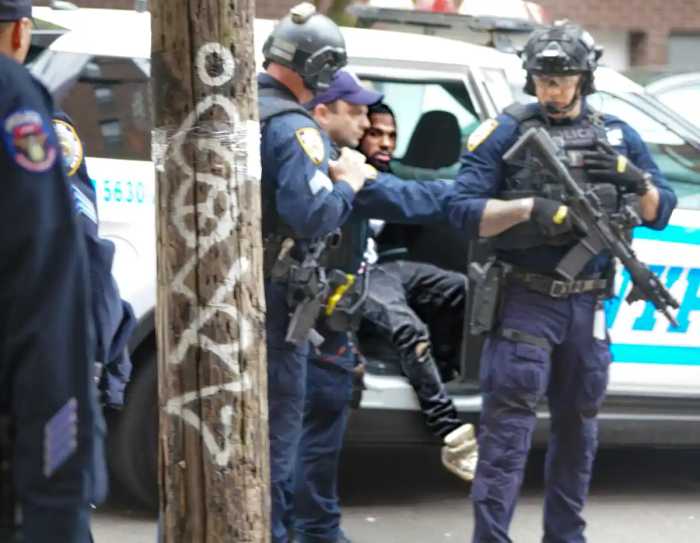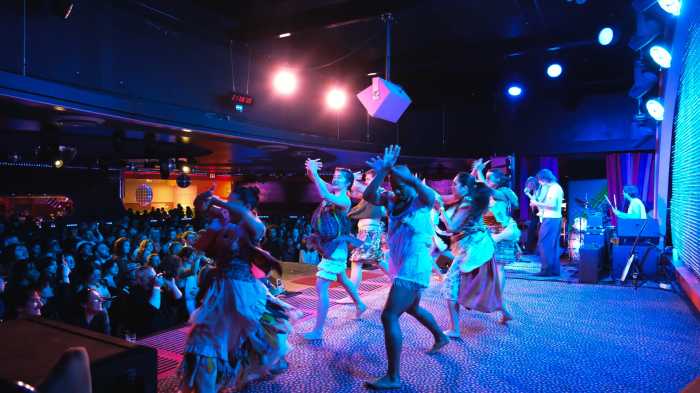By David Epstein
The recurring image of hypodermic needles spiraling down a toilet bowl turns out to be the most apt metaphor for the lives of the seven 20-something, homeless heroin addicts featured in a new documentary named for their stomping ground: “Union Square.”
The film, which follows one female and six male addicts for five months, is reminiscent of the home-video style of MTV’s “Real World” show, full of jerky video and ample monologue time for characters to reflect on their trials. But unlike “Real World,” where the most urgent problem often amounts to wardrobe selection, in “Union Square” the film subjects are constantly grappling with how to procure their next bag of dope.
From the opening shot of Danny, one eye covered with a patch we later learn is a panhandling prop, the film embarks on an enraging tour of the self-destructive selfishness of young people accountable only to heroin. “I lied and stole from my friends. I lied and stole from my family. And because I did that, I don’t have them in my life anymore — all for heroin,” Danny says plainly.
Lying is perhaps the most pervasive theme in the movie. Much of the film is spent listening to the details of scams that heroin addicts concoct to make money. At one point, we see Cheyenne, the female addict who has a 5-year-old daughter she no longer sees, crooning from behind a United Homeless Organization collection bottle: “Help us provide a hot meal for someone other than yourself.” Then she turns, smirking, to the camera to reveal her booty: not a hot meal, but a bag full of 10 needles. Equally disturbing is when Danny steals a load of CD’s from a family he often stays with and tells us that he “didn’t take everything. I have a conscience.” He promptly sells the CD’s for $250, arranges to meet his dealer, and begins complaining about how hard it is to catch a cab in New York.
The backbone of “Union Square” is essentially the commentary of the addicts, their complaints about life and detox and, for Danny and Cheyenne, their occasional memories of the children they each used to care for. The monologues of the main characters sometimes break for segments of an interview with “Lock,” a big-time dealer who apparently represents the dark underbelly of the heroin economy. “I don’t care where they get my money from,” he says. “I have no regrets, no remorse.”
The only time the film grants the audience a novel experience, rather than simply allowing them to observe an interview, is on one of the numerous occasions when writer/director/producer Stephen Szklarski follows one of the subjects into a public bathroom where he films the whole shooting-up process, from chemistry in a bottle cap, to vein location, to injection. These scenes, which made Szklarski “scared for my life every time I filmed them,” are ripe with careless needle wielding and wanton blood spattering. Some of them take place in public restrooms in Union Sq., others in bathrooms in restaurants and fast-food chains. If there is a message in “Union Square” beyond the destructive power of heroin addiction, it could be the danger of public bathrooms.
But even the shooting-up scenes begin to get repetitive as the movie goes on and the addicts’ commentary tends toward nonsensical philosophizing. The tortuous musings peak in a scene with Stealth, an addict in his early 20s. After complaining that his dealer brother will not provide a free bag of heroin, Stealth hustles for money and then shells out his extra cash to improve his body art. The word “Hate” is tattooed on the fingers of one of his hands, and “Love” on the other. “Love,” however is tattooed in mirror image because, Stealth says without a hint of jest, whereas hate is straightforward, you have to look differently for love.
All in all, there are not enough unique scenes with the characters to present any sort of satisfying narrative arc over the brief five months. The apparent questions hinted at early in the film — Why are they doing this? How did they get to be addicts? — are not addressed in any satisfying way by the end. Perhaps this is because of the total absence of interviews with addiction experts, doctors or even anyone at all who is not high. Without these more objective voices, the movie is left with shock-value as its main tool, and the shock of the bathroom scenes and hustling scams is transient. Without any attempts to answer major questions that will invariably arise to any audience, what is left of “Union Square” is simply the hackneyed suggestion that heroin is really bad for young people.
“Union Square” opens Fri., May 28, at Cinema Village, 22 E. 12th St. Information is available at www.unionsquarethemovie.com.



